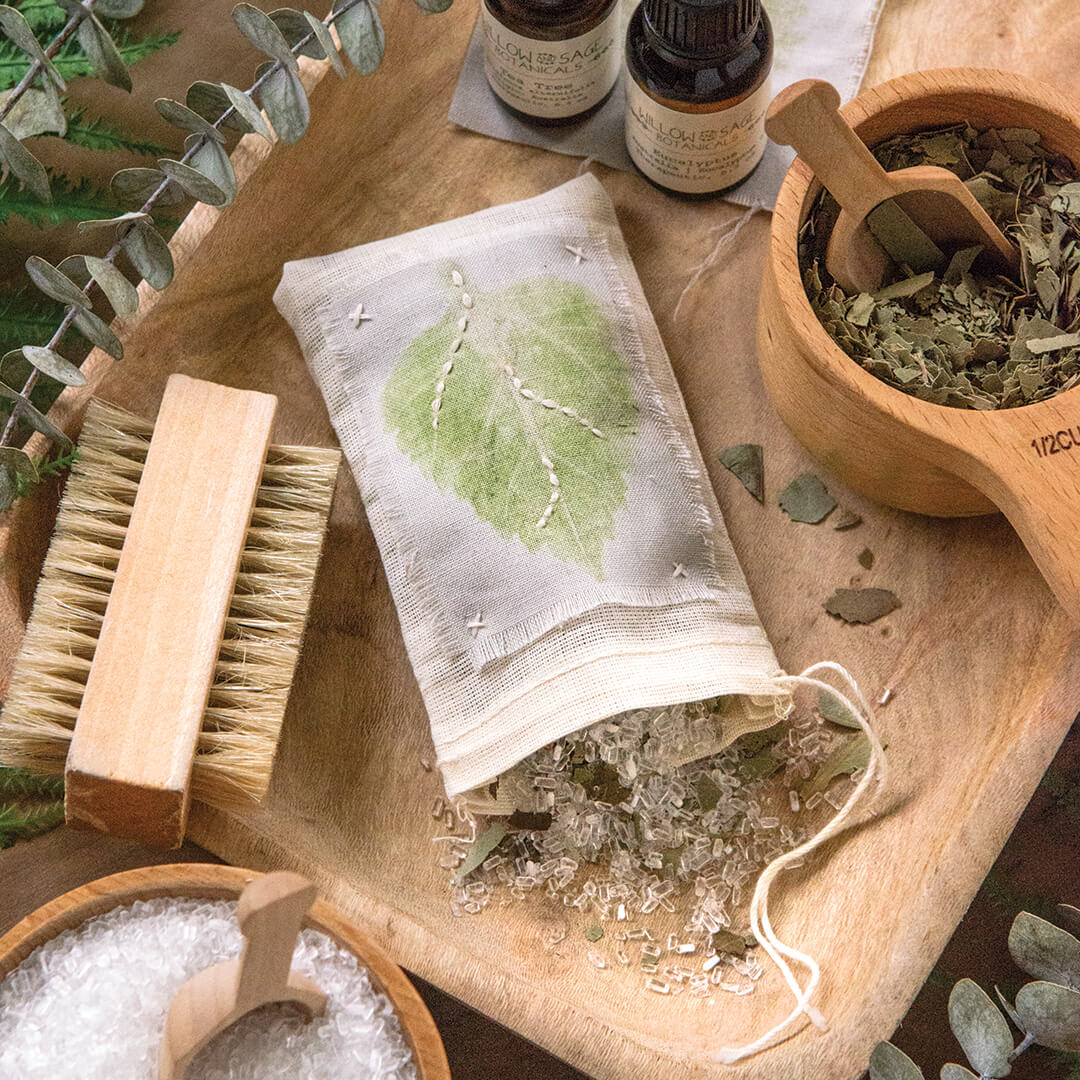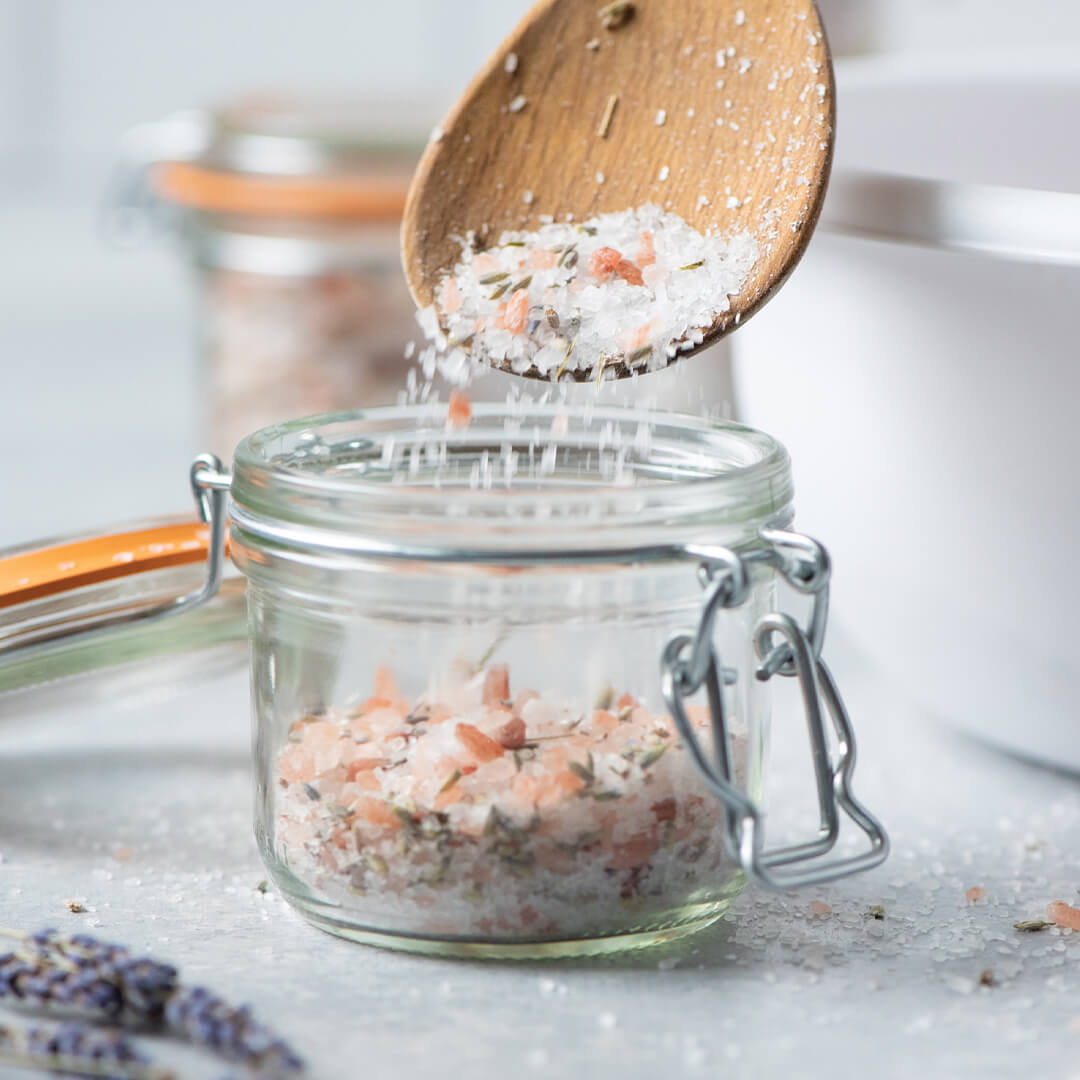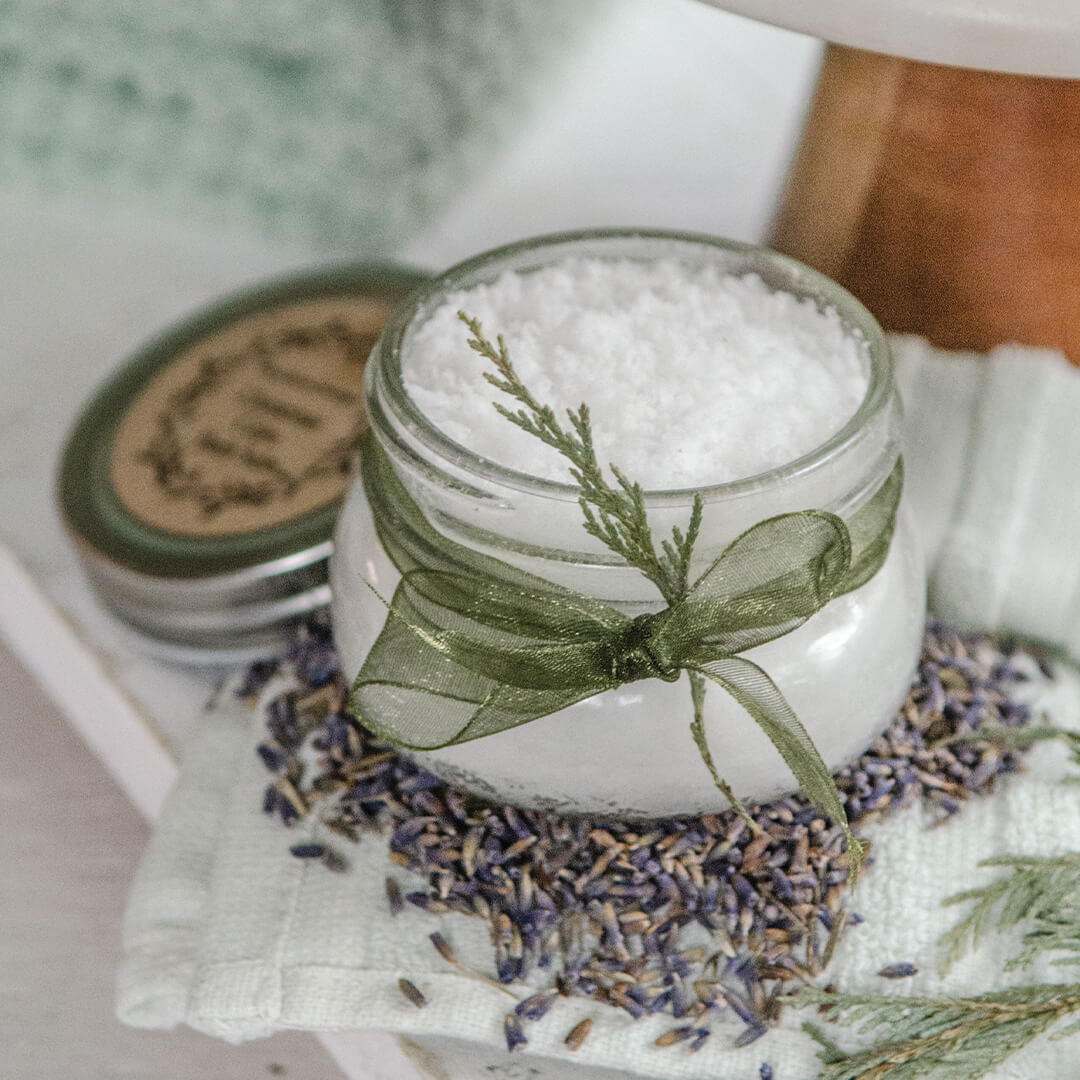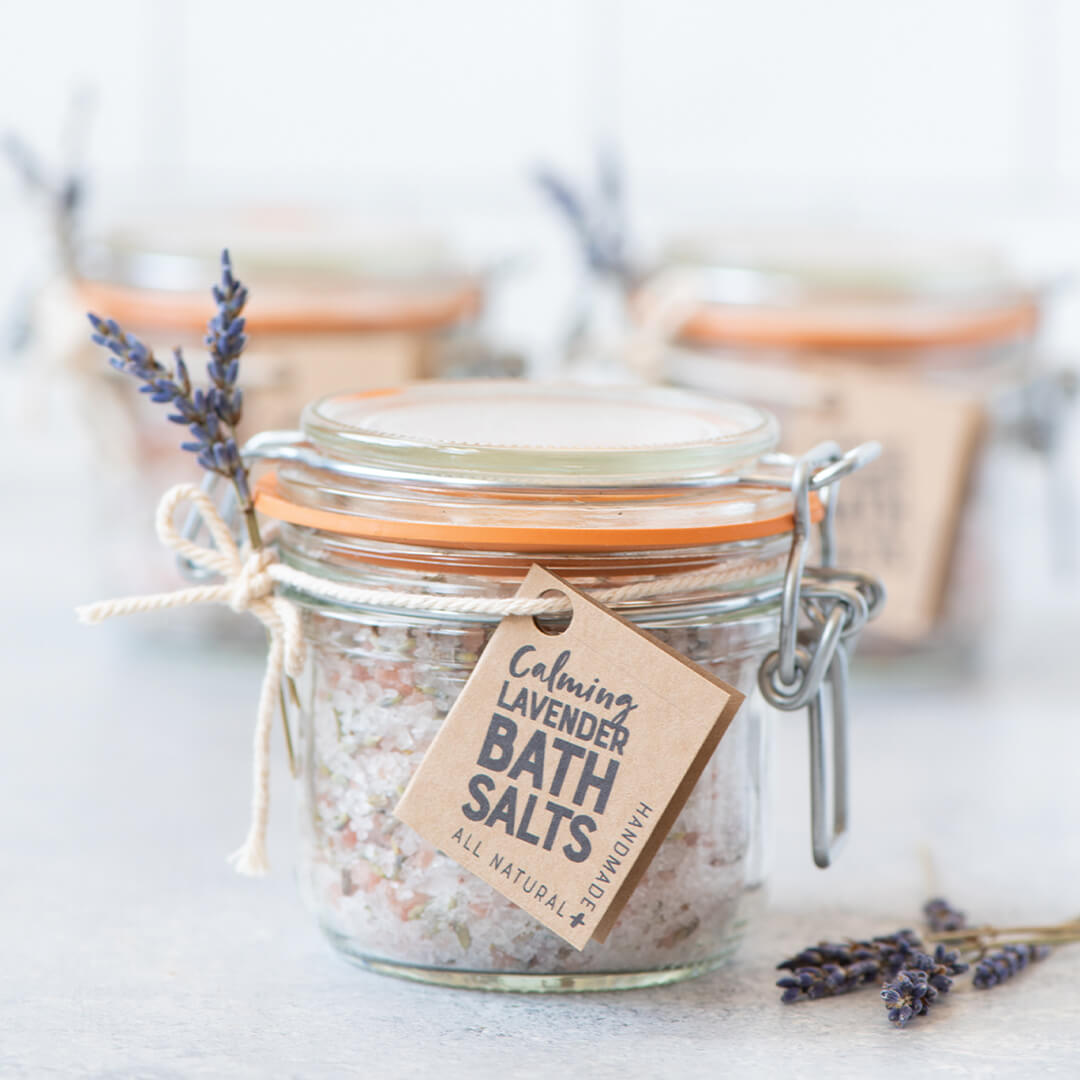How to Choose the Right Bath Salts for Your Skin
0 CommentsBath salts have been a staple in self-care routines for ages. Because who doesn’t like sinking into a warm, soothing bath at the end of a tough day? Most of us have come across all types of bath salts. Lots of bath salts. In all sorts of shapes, sizes, scents, and colors. So, choosing the right one for you can seem tricky – let this blog be your guide.
Table of Contents
- • Understanding Your Skin Type
- • Types of Bath Salts
- • Choosing the Right Bath Salts
- • DIY Bath Salts Recipes
Understanding Your Skin Type
Before figuring out your favorite bath salts, it’s essential to understand your skin type. Is your skin oily, dry, sensitive, or a combination? Knowing this will guide you towards the most suitable bath salts for your skin’s needs.
Oily Skin
If you have oily skin, you’ll want bath salts that help balance excess oil production without stripping your skin of its natural moisture. Look for recipes with ingredients like tea tree oil or eucalyptus, known for their astringent properties. These salts can help unclog pores and leave your skin feeling refreshed without over-drying.
Sensitive Skin
If your skin is sensitive, it’s necessary to choose bath salts with minimal additives and fragrances to avoid potential irritation. Opt for fragrance-free or hypoallergenic options. Look for those enriched with colloidal oatmeal or chamomile, as these ingredients are known for their calming and soothing effects on sensitive skin.
Dry Skin
For those with dry skin, the goal is to nourish and hydrate. Opt for recipes with moisturizing ingredients such as coconut oil, shea butter, or jojoba oil. These additives can replenish lost moisture, leaving a soft and supple feel. Additionally, consider those with lavender or chamomile to alleviate irritation and dryness.
Combination Skin
Combination skin requires a balanced approach. Seek recipes with a blend of ingredients that cater to both oily and dry areas. A mix of calming and revitalizing elements, such as lavender and citrus, can provide the equilibrium your combination skin needs.
Types of Bath Salts
Epsom Salt
Epsom salt (magnesium sulfate) is well-known for its muscle-relaxing properties. It’s particularly beneficial for those with joint pain or sore muscles. Epsom salt can also help with skin exfoliation, making it a perfect choice for acne-prone and oily skin.
Dead Sea Salt
Dead Sea salt is rich in calcium, potassium, and magnesium. It’s known for its therapeutic properties and helps boost skin hydration. This salt suits all skin types but can be especially beneficial for sensitive or dry skin.
Himalayan Salt
Like Dead Sea salt, Himalayan salt has high mineral content, including magnesium, calcium, and potassium. Mined from the Himalayan mountains, this salt is versatile and can benefit all skin types, offering gentle exfoliation and nourishment to the skin.
Sea Salt
Sea salt, derived from evaporated seawater, has beneficial detoxifying properties. It can help cleanse the skin while relieving stress and inducing relaxation. If you have oily or acne-prone skin, sea salt would be one of your top choices.
Choosing the Right Bath Salts
Now that you know your skin type and the types of bath salts available, it’s time to choose the right one for you.
Ingredients
Carefully review the ingredient list. Avoid bath salts containing artificial fragrances, dyes, or harsh chemicals, especially when you have sensitive skin. Natural ingredients such as botanical extracts, minerals, and essential oils are preferable for a nourishing and soothing experience.
Fragrance
Fragrance can contribute to your overall bath experience. However, for those with sensitive skin, it’s crucial to choose one that is subtle or opt for fragrance-free options. Essential oils like lavender, chamomile, or eucalyptus can provide a pleasant scent without causing irritation.
Texture
Consider the texture of the bath salts, particularly if you enjoy a bit of exfoliation. Finer grains dissolve quickly and offer a smoother feel, while larger grains provide more exfoliation.
Purpose
Different bath salts serve various purposes, from relaxation to muscle relief. Determine the primary goal of your bath experience and choose those that align with such. For relaxation, opt for salts with lavender or chamomile. If muscle relief is your priority, choose salts with eucalyptus or peppermint.
Skin Patch Test
Before fully indulging in a bath with new bath salts, ensure you don’t have an adverse reaction by conducting a patch test on a small area of your skin. Discontinue use immediately if any irritation or redness occurs.
DIY Bath Salts Recipes

Words: Cassie Johnston
Photo Credit: Isabel Orozco-Moore
Christmas Calm Bath Salts
Bathtime is an easy and powerful way to announce to the rest of the universe that “This is me time.” Scented bath salts are a simple and effective way to enhance the experience. These make a wonderful treat for yourself and loved ones, and the gender-neutral fragrance is sure to please. This recipe is from Willow And Sage Winter 2024.
You Will Need
YIELDS ABOUT 6 BATHS
- • Bowl
- • 3 cups of Epsom salt
- • 1 cup of baking soda
- • 14 drops of lavender essential oil
- • 10 drops of patchouli essential oil
- • 10 drops of cedarwood essential oil
- • 8 drops of lemon essential oil
- • Glass canning jars
- • Ribbon
- • Sprigs of evergreen
To Make
Blend the Epsom salt and baking soda in a bowl, breaking up any clumps as needed. Add the essential oils and stir until well combined. Store in glass canning jars, and decorate with ribbon and a sprig of evergreen.

Words: Michelle Stewart
Photo Credit: Michelle Stewart
Calming Lavender Bath Salts
This recipe is from Willow And Sage Winter 2021. These bath salts help turn a regular bath into a healing experience thanks to the soothing scent of lavender and the power of Epsom salts and sea salt.
You Will Need
YIELDS 6 CUPS
- • Large bowl
- • 4 cups of Epsom salt
- • 2 cups of coarse/medium Himalayan pink salt
- • 60 drops of lavender essential oil
- • ½ cup of dried lavender flowers (optional)
- • Jars: ½-pint, latch-top (6)
- • Printable labels
- • Kraft cardstock
- • Hole punch
- • Twine
- • Dried lavender sprigs
To Make
In a large bowl, combine the Epsom salt and Himalayan pink salt. Sprinkle the lavender essential oil over the salt and toss well to combine. Add the lavender flowers, if desired, and toss to incorporate. Divide the mixture into the ½-pint jars.
Print the labels onto kraft cardstock, cut them out, and fold them in half. Using a small hole punch, punch a hole in the corner and attach it to the jar using twine. Tie on one sprig of lavender, and gift it to someone you love! To use, dissolve 1 cup of bath salts in a hot bath and soak for at least 20 minutes.
Want more DIY bath salts recipes? Check out our Willow and Sage magazine, filled with over 70 unique recipes, uses, and beautiful packaging ideas for homemade bath and body products. Click here.

















